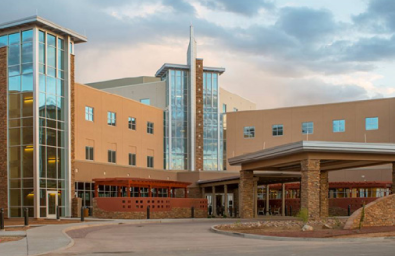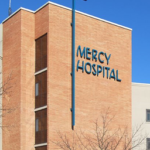Award Winning Hospital Increases Efficiencies through Dynafios Physician Alignment Program

Client Profile
Canyon Vista Medical Center is an award-winning healthcare organization located southeast of Tucson. Canyon Vista is a 100-bed, level III trauma center serving the residents of Sierra Vista, Ft Huachuca and Cochise County—a population of more than 131,000.
Situation
The hospital recently appointed new leadership and as part of the onboarding process, the new leadership conducted meetings with key medical staff. Leadership learned that historically, the operating room was not well managed, a recurring issue voiced from the surgeons. To address this issue, the leadership team recruited Dynafios consulting services on how to engage providers to better align and drive results.
Solution
The Dynafios team worked with key stakeholders to address the operating room management issue by implementing a Surgical Services Co-Management agreement. The agreement included specialties of general, bariatrics, urology, vascular and GI surgeons. Based on the complexity of the issues identified and the goals to be achieved, it was agreed the term of the agreement would be two years.
Initial year indicators focused on operational efficiency, including first case on time starts, room turnover time, transition from preference cards to procedure cards, preoperative process including anesthesia review prior to day of surgery and scheduling efficiency. Collective and individual performance data was distributed to all physicians.
The first quarter focused on understanding the historical processes, data and operational barriers. Action plans were developed, agreed upon and implemented to deploy new processes and standards. All physicians and operating room staff collaborated and produced a workflow analysis. Processes were detailed and the team provided all workarounds used throughout the process. The end result revealed a large number of workarounds used daily.
Processes were examined individually and best practices from high performing perioperative services were brought in for benchmarking. The result was an entire redesign of all key processes within the service. With physician involvement, there was mutual understanding of the difficulties for each and a new appreciation for the efforts of a team.
Second quarter individual and collective data was reviewed by all participants. Monthly Performance Team meetings were held where each physician lead presented their findings and recommendations. Improvements in performance were seen beginning in the fourth month of the agreement. Staff were asked to document any break in process to the meeting for team review and modifications as necessary.
As the group entered into the final quarter of the agreement, year 2 indicators were determined. In building upon their initial years success, the group included surgeon turnover time, on time starts, block time utilization, and time intervals from in room to cut, close to out of room.
Results
Data related to performance was provided to all physicians including collective and individual results throughout the process to drive both transparency and sustainable results. The results for the year included achievement of 92% of the indicators, distribution of 88% of the bonus and overall improvements in key operational indicators. Key results included:
- Reduction in turnover time by 50%
- 100% improvement in first case on time starts
- $1.3MM savings through the standardization of procedure cards & examination of variation among the surgeons for mesh





